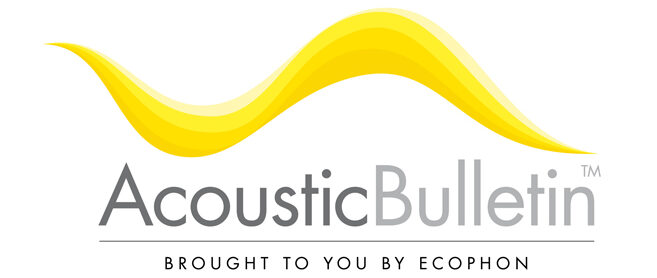
In “Challenging Designs of Neonatal Intensive Care Units“, Anne Marie Dazé Floyd, RN, MSN, CNS says:
“A link has been established between exposure to constant room noise and loss in frequency and pattern discrimination essential to understanding the spoken word. Loss of the ability to discriminate speech can cause profound developmental delay by interfering with language acquisition. In addition to the connection between noise levels and deficits in hearing discrimination, clear connections also exist between noise and physiological instability.”
Neonatal Intensive Care
Unlike light, noise is a normal aspect of fetal development. Fetuses normally mature in utero accompanied by a variety of noises generated by the maternal viscera and voice. These uterine noises are rhythmic and familiar and are generally low frequency, at a mean of 50 dB. In the past, noise levels inside isolettes have been measured at more than 90 dB, the level at which the Occupational Safety and Health Administration requires ear protection in adults to prevent hearing loss.
Newer models of isolettes now meet the recommended standard that motor noises not exceed 50 dB. However, infants in isolettes can still be exposed to high levels of noise. Something as simple as abruptly closing a solid plastic porthole can generate more than 100 dB inside an isolette.
uterine noises are rhythmic and familiar and are generally low frequency, at a mean of 50 dB
 Although normal neonatal ICU room noise, which averages less than 70 dB, has not been proven to cause classic hearing loss, a link has been established between exposure to constant room noise and loss in frequency and pattern discrimination essential to understanding the spoken word. Loss of the ability to discriminate speech can cause a profound developmental delay in survivors with no other disabilities by interfering with language acquisition.
Although normal neonatal ICU room noise, which averages less than 70 dB, has not been proven to cause classic hearing loss, a link has been established between exposure to constant room noise and loss in frequency and pattern discrimination essential to understanding the spoken word. Loss of the ability to discriminate speech can cause a profound developmental delay in survivors with no other disabilities by interfering with language acquisition.
Physiological instability
In addition to the connection between noise levels and deficits in hearing discrimination, clear connections also exist between noise and physiological instability. Preterm infants can experience repeated apneic episodes and clinically important reductions in oxygen saturation and bradycardia when exposed to normal adult activities in a neonatal unit. Limiting neonates’ exposure to adult activities can decrease the number of alarms that represent physiological decompensation. One result of private and semi-private rooms is that fewer adults are in the room and a natural decrease occurs in the noise generated by activity and conversation.
Conversations
In a study by Robertson et al, decreasing conversation had the greatest effect on decreasing noise levels in the NICU. Anne Marie Dazé Floyd is the clinical administrator for the Replacement Hospital Project at Children’s Hospital Los Angeles, Los Angeles, Calif. She has more than 15 years of experience in nursing administration on both coasts in pediatric, neonatal, and pediatric intensive care units. She is the co-author of Code Pink: A System of Neonatal-Perinatal Resuscitation and Neonatal Nursing.

